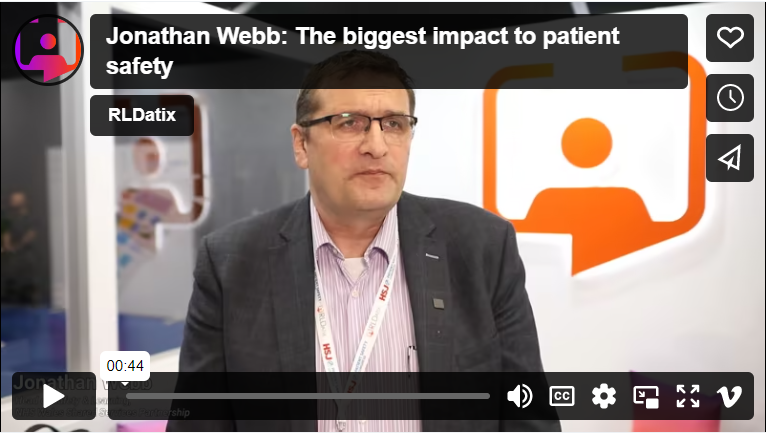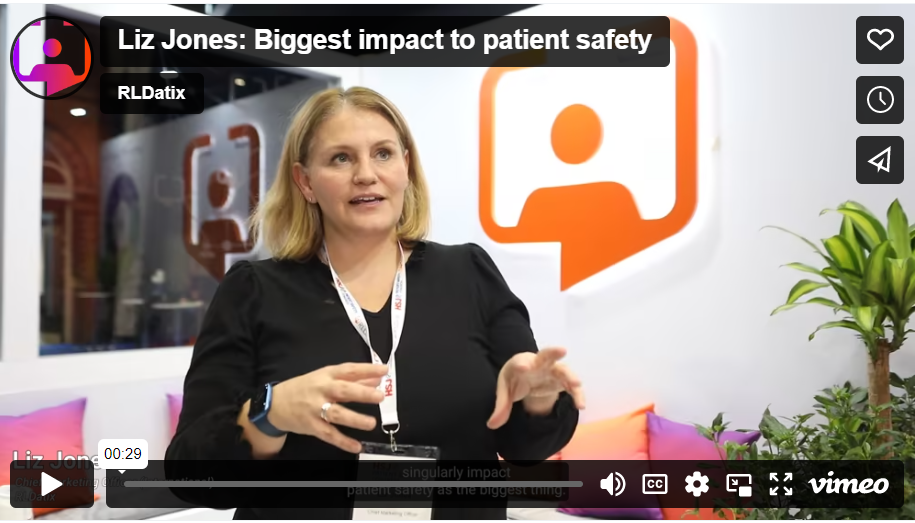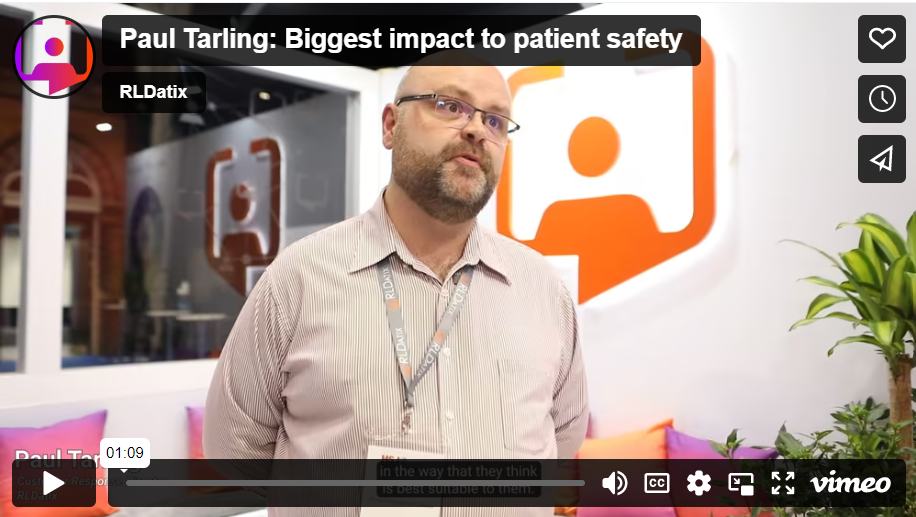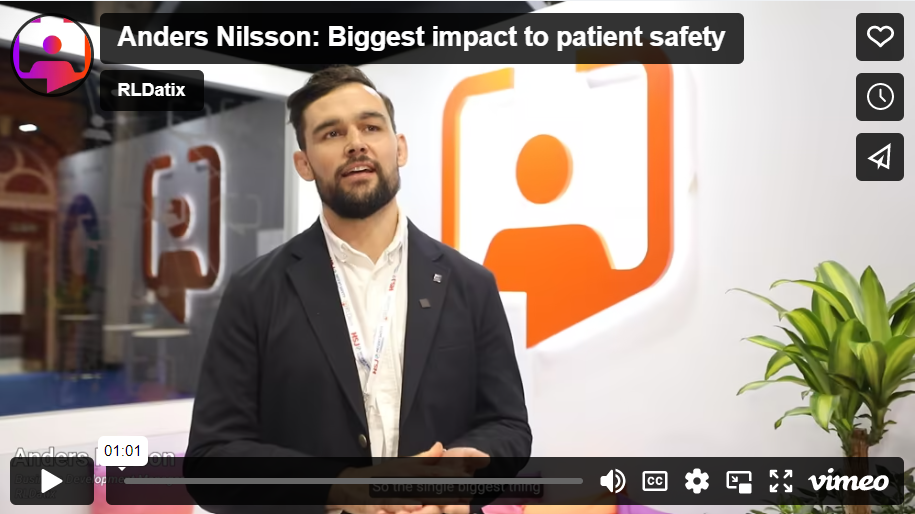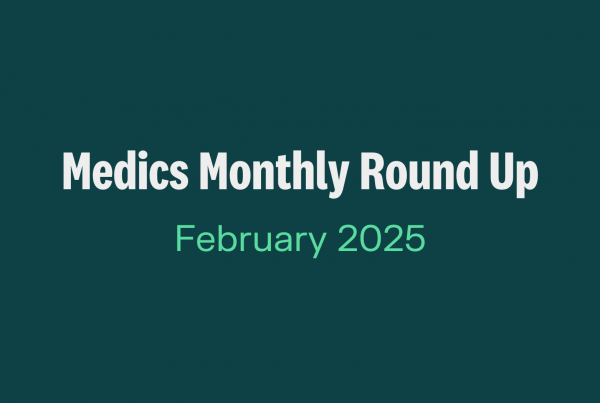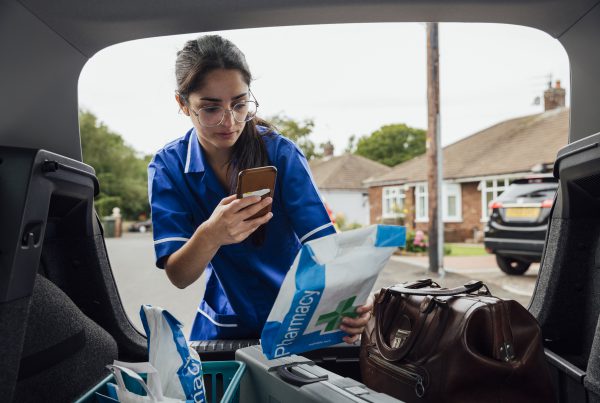Darren Kilroy, Medical Director (International), RLDatix

Impact and Influence in Patient Safety
There is arguably nothing more emotive to ask anyone involved in health and care than what they see as the single most significant element in assuring safety. On one level it’s an unfair question, because instinctively we would respond by saying it’s a multi-factorial thing; and we’d be right. But channelling one’s thinking into just one critical factor, that stand alone piece of the safety jigsaw without which the picture will never come together, has its merits. A recent survey undertaken by RLDatix, which asked participants what they thought the single biggest thing is to positively impact patient safety, was striking in its polarity – over half of respondents cited a psychologically safe workplace culture as their one biggest safety impact; over a third felt that staffing levels were the key determinant.
Are those responses surprising? To a degree yes, because historically, we have collectively, in healthcare, approached safety as a series of methodologies, protocols and metrics which, when working in synergy, equip staff with safe ways of working and demonstrate that those ways of working have been adhered to. Any standard provider-level safety dashboard tells a story of this type through its medication incidents, falls with harm, pressure area data and the like. So, one could expect that the ‘go-to’ answer in consideration of the key factor in safe care might be the provision of protocols, or adherence to policy, or accurate data sets, or some other equally dry contribution.
But instead, respondents focussed firstly on safe staffing levels. Let’s look at that. Although one might reasonably asset that whether there are adequate people to do the caring or not, without protocols and pathways in place the care cannot be safe, the raw number of staff available to work in all the required areas of care has got to be a vital factor here. If the roster is half empty and no mitigations can be found, all the NatSSIPs and LocSSIPs in the world will be of no use. There simply isn’t the physical ability to execute the required standard of care. Fixing that issue is, of course, the hardest thing in health, primarily because it requires funding on a colossal scale and not only that – funding which is recurrent rather than ad-hoc, and proactive rather than reactive. On these latter two points, national health policy has found itself wanting for many years and we now reap what has been so scantily sown in the fields of workforce availability. The survey exposes the importance of getting a grip of this.
The most prevalent sentiment was, however, reserved for the never-more-important issue of psychological workplace safety. This is, to me, the absolute take-home from the survey and reflects the overwhelming pressures staff now endure in trying to care within a denuded workplace. We know, from the academic literature and a sadly burgeoning series of public inquiries and reports, that the ability to function within a supportive and just professional environment is fundamental to safety. We equally know that, when staff feel unsupported, unheard, or heard but not listened to, that things can rapidly and in some cases irreversibly deteriorate to the detriment of colleagues, but moreover to the detriment of patients. That the vast majority of survey respondents felt that psychological safety was the factor in safety – more important than staff numbers even – simply reinforces the need for us all to do much more in this space. Clearly, we have not done enough as a professional healthcare collective.
With these findings in mind, our mission to connect data points and methodologies across the workforce and safety landscape has never been more important. Wherever care is to be given, it is our role – our responsibility – to equip caregivers with readily-accessible documentation of absolute integrity and quality. Staff need to have real-time access to rosters underpinned by skills matrices and credentialing data enabling optimal placement of people. Access to incident reporting software must be swift and consistent, enabling staff who witness or are implicated in any instance where safety is at risk to capture that reality there and then, in a meaningful way. From these fundamentals, yes, graphs can be drawn and reports written – but it is the patient-level elements of the lived experience of working in healthcare that need our expertise and support the most. It is at the fingertips of the workforce that safety is truly delivered.
Moving Forwards…
So, it is with these findings and these reflections in mind that we move forwards. None of this is actually really about software. It’s about the part we all play, whatever our roles or seniority, in ensuring that everything we do all day takes us further along the path of being able to say to those survey respondents yes – we have heard you and listened. We are with you. Here is how we are helping. We can make a difference. Let us show you how. Work with us. Let’s learn together. We can make safe care a reality.
We asked some of our customers and members of the RLDatix team what they thought the biggest impact on patient safety was. Watch our short videos to discover how they think we can assure patient safety.
Continue the conversation
1. Watch on-demand
At People Summit 2022 we heard from experts in the field of safety and workforce discussing how to create a patient safety culture, the benefits of bringing risk and workforce together and how we can support safe staffing efforts across healthcare.
Visit the People Summit On-Demand Hub to watch these videos in full.
2. Read our blog
If you’re interested in learning more about creating strong leadership and a psychologically safe workplace, read our blog: Managing Change in Healthcare through Servant Leadership.
3. Chat to the team
Get in touch with a member of the RLDatix team to find out more about how we can support your organisation to create a safer more supported workforce and patient journey.


